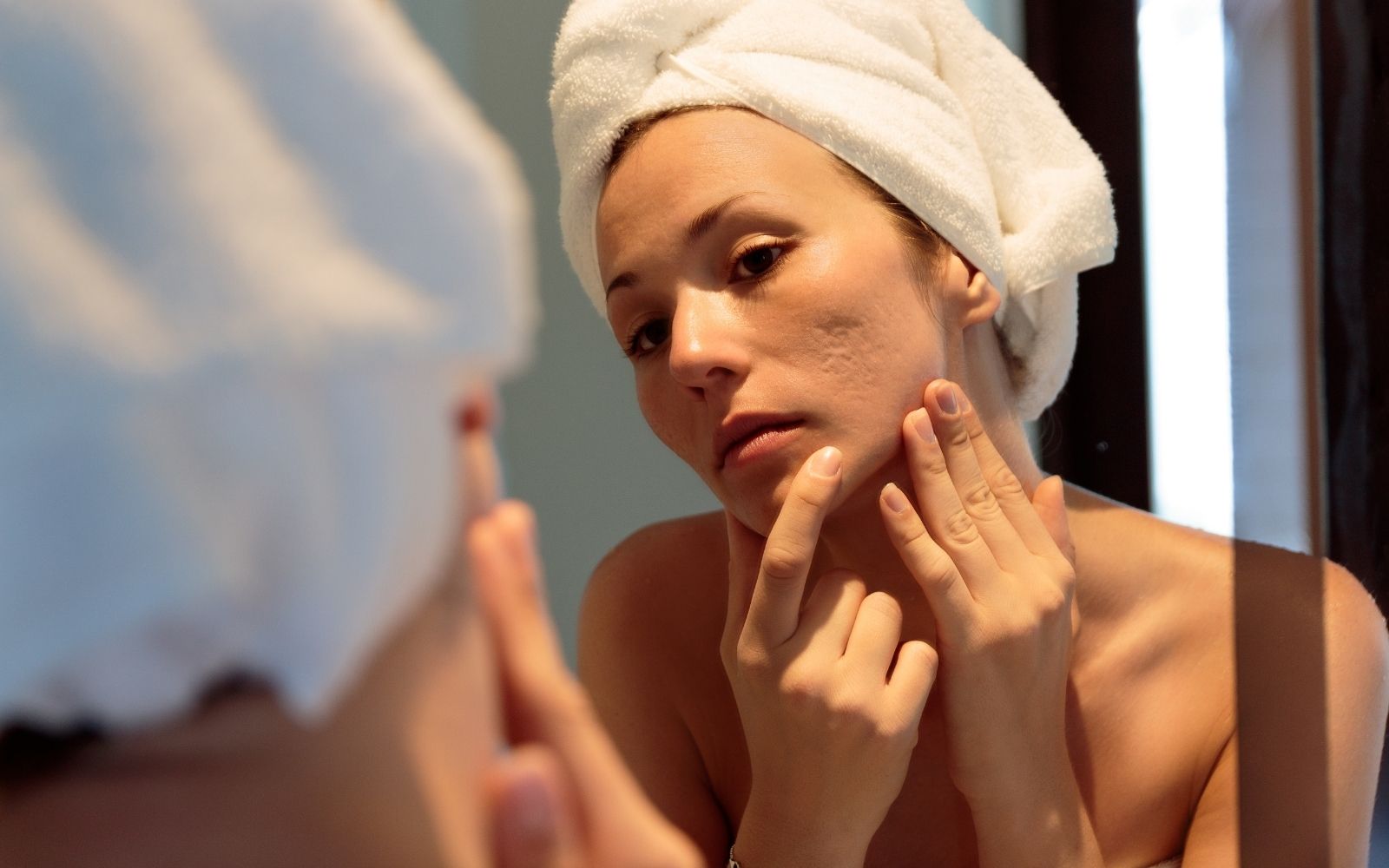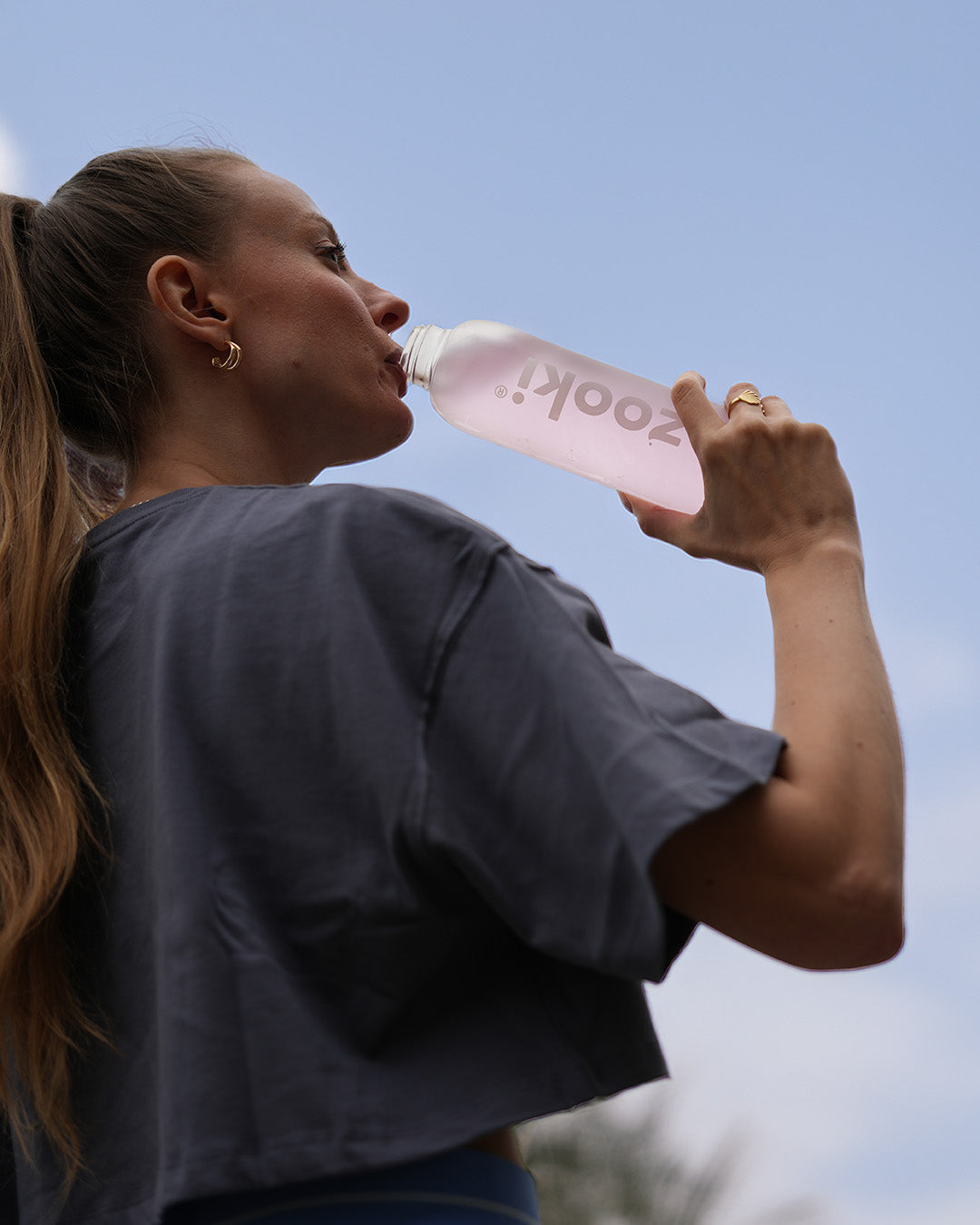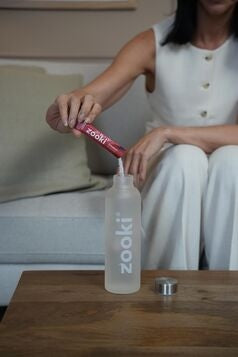Acne is a skin condition resulting from clogged hair follicles under the skin. It presents itself as red lumps that can be painful and pus-filled - this is a product of inflammation or infection in the skin's sebaceous glands.
Whether your skin is oily or dry is controlled in part by the sebaceous gland and how much oil it produces. Acne occurs when the hair follicle is clogged over with sebum, dead skin cells or a build up of bacteria. Once this builds up, it results in an acne lesion known as a comedone.
As you can see, ensuring you have a good balance of oil production is essential for maintaining healthy, happy skin.
Skin types vs. skin conditions
Have you heard your skin professional talk about your skin type and conditions and found yourself a little confused? Your skin type is something you are born with. It refers to the state your skin is in most of the time, whereas a condition is something that can come and go depending on many factors, like the environment, diet, medication, climate, etc.
The main skin types are Dry, Oily and Normal but there’s also Combination skin - which is a mix of more than one skin type. The condition of your skin can refer to sensitive, ageing, dehydrated and pigmented skin as well as actual skin conditions like acne, rosacea and eczema.
Acne in your teens
Teen breakouts are part-genetic, part-hormonal and usually greatly related to puberty. Teens typically break out on the face, chest and back, and have more blackheads and whiteheads than adults do. Such breakouts often arise because androgens, the “male” hormones that both male and females have, surge during adolescence, causing excess sebum production. Those with Polycystic Ovarian Syndrome (PCOS) - a condition that affects women's hormone levels - will have higher levels of the androgen hormone so will have an increased chance of acne.
Teens have faster cell turnover and more resilient skin than adults, which means they recover quickly from breakouts. After the teen years, breakouts tend to improve because hormonal changes balance out and no longer fuel breakouts.
Adult acne
Breakouts are no fun at any age, but knowing how they behave in your adult years can help you stay in the clear.
In today’s world, chronic stress, hormonal changes, a busy lifestyle, and an increasingly polluted environment can lead to more adult breakouts, congestion, and an uneven skin tone. In general, your skin cell turnover rate slows down with age, so adults are slower to heal from breakouts than when they were teenagers. This helps explain why post-breakout marks stay around a lot longer than they used to.
To clear adult acne, first focus on reducing chronic stress. This is a top acne trigger because it can stimulate excess oil production and hormonal fluctuations as well as impair your skin's ability to heal.
Second, establish a good skincare regimen that targets the main contributing factors to acne.
-
Excess oil, treated with a good makeup remover and cleanser to remove dirt and make up;
-
Exfoliation to speed up cell renewal, helping ageing and buildup of bacteria;
-
A toner to close the pores, finishing with;
-
A non-comedogenic moisturiser that aids oil control
Top tips on how to treat acne
- Use a spot treatment on inflamed pustules to reduce redness and help with post inflamed scarring
- Avoid picking or squeezing, which can result in more breakouts, scarring and redness
- Adult skin can lose its ability to retain moisture with age. Avoid over drying the skin and choose products that contain ingredients like Salicylic Acid or Glycolic Acid to help remove dead skin cells, excess oil, and dirt, as well as Thymol and Terpineol to control bacteria
- Treatments from a professional skin therapist such as microdermabrasion and chemical peels can speed up results
- A non-comedogenic moisturiser will not block pores, so check the label before buying!
- Look at your diet - You’ve probably heard the phrase “you are what you eat”, so think about the food you put into your body in terms of what will come out. The greasier the food, the more this will aid oil production
- Take a vitamin C supplement to work on your skin from the inside out. Vitamin C is an essential cofactor needed for collagen production. It also supports tissue growth and repair, as well as protecting against various infections. To help reduce acne, you should take 1,000mg 1-2 times a day.
- Vitamin A works to strengthen skin tissue. It also reduces sebum production that can clog pores and irritate skin, so make sure your diet includes lots of vitamin A-rich foods and think about using products with vitamin A (retinol) in it.
Summary
The way you experience acne can change from your teen to adult years. Different factors can cause breakouts and it's important to work from within, looking at how you can help with diet and vitamins, lowering stress and then supporting with your skincare routine and professional skin treatments.






Share:
Sports injury: A complete guide
The best foods to help you sleep